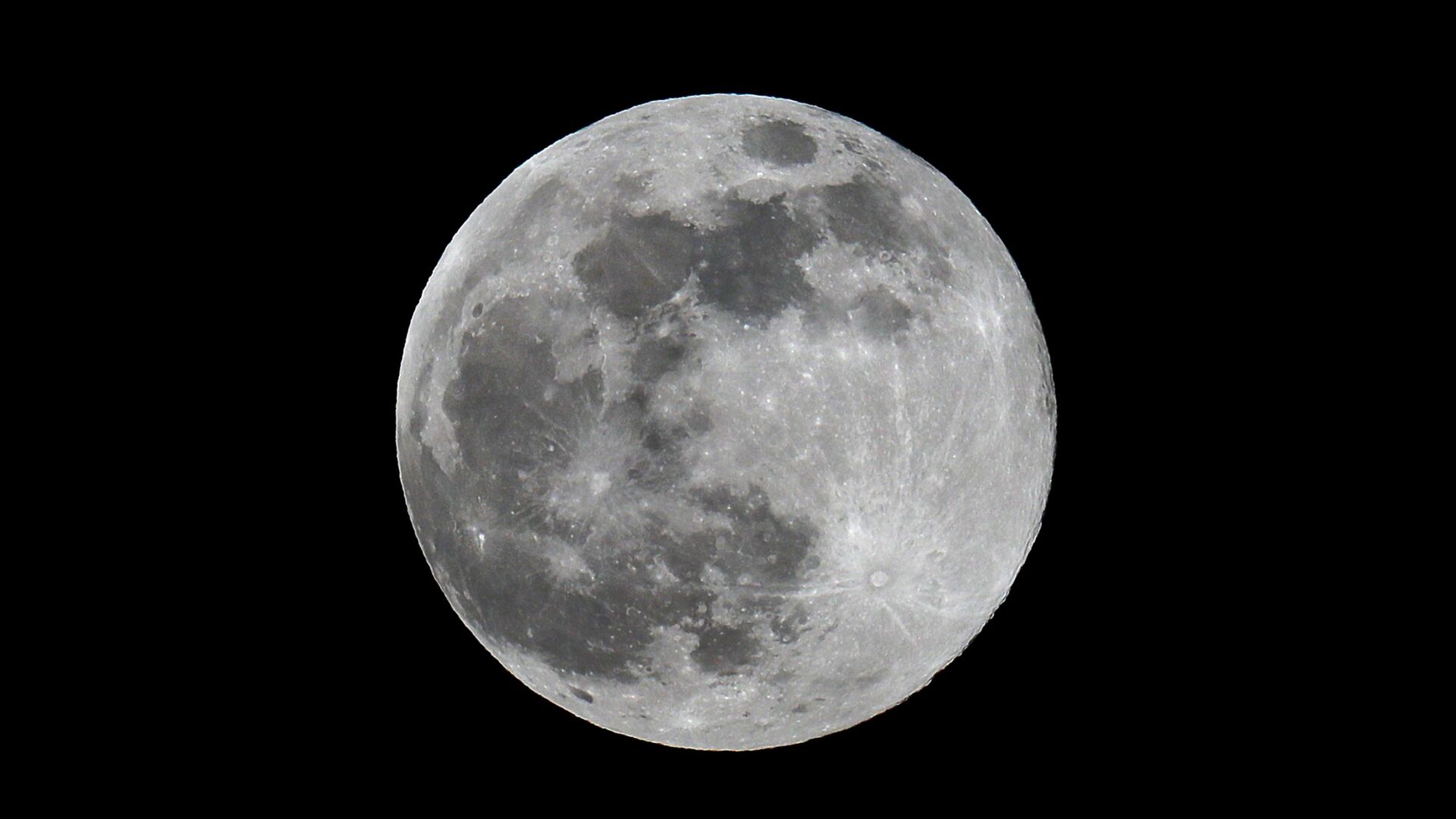https://sputnikglobe.com/20210825/japanese-start-up-presents-nex-gen-moon-lander-in-push-to-speed-up-lunar-colonisation-1083706198.html
Japanese Start-Up Presents Nex-Gen Moon Lander in Push to Speed Up Lunar Colonisation
Japanese Start-Up Presents Nex-Gen Moon Lander in Push to Speed Up Lunar Colonisation
Sputnik International
Scientists involved in the project stated that more industries from various sectors will be involved in the exploration mission in the coming years. To date... 25.08.2021, Sputnik International
2021-08-25T07:45+0000
2021-08-25T07:45+0000
2022-10-19T20:47+0000
newsfeed
world
lunar mission
space exploration
japan
jaxa
nasa
nasa probe
moon
https://cdn1.img.sputnikglobe.com/img/107739/07/1077390759_0:160:3073:1888_1920x0_80_0_0_c9eeb6abedeb6abc9e63c936008e5587.jpg
iSpace, a Japanese lunar exploration start-up, has unveiled its next-generation cargo lander developed by its subsidiary in Colorado. The start-up presented its new lander on Tuesday.With the aim of helping humans settle on the Moon, iSpace scheduled the timelines of its first two missions back in 2019.The new lander, Series 2, is larger than the ones that iSpace is constructing for its first two missions in 2022 and 2023. iSpace's first mission with the Series 2 is scheduled to be launched in 2024 and the lander will be designed, manufactured, and launched in the US. As per media reports, the company is collaborating with Draper and General Atomics' Electromagnetic Systems Group to develop Series 2.With a capacity of delivering either 500 kilograms to the surface or around 2,000 kilograms to lunar orbit, iSpace's Series 2 lander will be more than nine feet tall and 14 feet wide. Interestingly, Series 2 will be designed in such a way that it will be able to withstand the freezing conditions of the lunar night which is about 14 days on earth.In July of this year, the US subsidiary of iSpace completed the preliminary design review of Series 2. Meanwhile, the lander is set to include precision landing and hazard avoidance technologies.
japan
Sputnik International
feedback@sputniknews.com
+74956456601
MIA „Rossiya Segodnya“
2021
Sushmita Panda
https://cdn1.img.sputnikglobe.com/img/07e5/05/12/1082926186_0:0:2048:2048_100x100_80_0_0_4474d0d7e27a36878eb8727832be74b4.jpg
Sushmita Panda
https://cdn1.img.sputnikglobe.com/img/07e5/05/12/1082926186_0:0:2048:2048_100x100_80_0_0_4474d0d7e27a36878eb8727832be74b4.jpg
News
en_EN
Sputnik International
feedback@sputniknews.com
+74956456601
MIA „Rossiya Segodnya“
Sputnik International
feedback@sputniknews.com
+74956456601
MIA „Rossiya Segodnya“
Sushmita Panda
https://cdn1.img.sputnikglobe.com/img/07e5/05/12/1082926186_0:0:2048:2048_100x100_80_0_0_4474d0d7e27a36878eb8727832be74b4.jpg
newsfeed, lunar mission, space exploration, japan, jaxa, nasa, nasa probe, moon
newsfeed, lunar mission, space exploration, japan, jaxa, nasa, nasa probe, moon
Japanese Start-Up Presents Nex-Gen Moon Lander in Push to Speed Up Lunar Colonisation
07:45 GMT 25.08.2021 (Updated: 20:47 GMT 19.10.2022) Scientists involved in the project stated that more industries from various sectors will be involved in the exploration mission in the coming years. To date, iSpace has raised more than $195 million and investors include the Development Bank of Japan, Suzuki Motors, and Japan Airlines.
iSpace, a Japanese lunar exploration start-up, has unveiled its next-generation cargo lander developed by its subsidiary in Colorado. The start-up presented its new lander on Tuesday.
With the aim of helping humans settle on the
Moon, iSpace scheduled the timelines of its first two missions back in 2019.
The new lander, Series 2, is larger than the ones that iSpace is constructing for its first two missions in 2022 and 2023. iSpace's first mission with the Series 2 is scheduled to be launched in 2024 and the lander will be designed, manufactured, and launched in the US. As per media reports, the company is collaborating with Draper and General Atomics' Electromagnetic Systems Group to develop Series 2.
"We saw the growing demand for payloads to the lunar surface. NASA's Artemis programme was a big part of this, but we're also looking toward the future, and how we could develop a transportation service that would be able to serve that market. We've developed these capabilities to really position us to serve civil, commercial, and scientific missions here in North America and then also across the globe", iSpace US CEO Kyle Acierno said.
With a capacity of delivering either 500 kilograms to the surface or around 2,000 kilograms to
lunar orbit, iSpace's Series 2 lander will be more than nine feet tall and 14 feet wide. Interestingly, Series 2 will be designed in such a way that it will be able to withstand the freezing conditions of the lunar night which is about 14 days on earth.
"Surviving [the] lunar night is a service not widely available across the lunar market. The first mission with Series 2 will plan to survive a single lunar day and then demonstrate lunar night survival. It's going to greatly expand our ability to understand the lunar surface by being able to survive multiple lunar days, as well as winter nights, on the surface", Kursten O'Neill, the iSpace programme director said.
In July of this year, the US subsidiary of iSpace completed the preliminary design review of Series 2. Meanwhile, the lander is set to include precision landing and hazard avoidance technologies.



